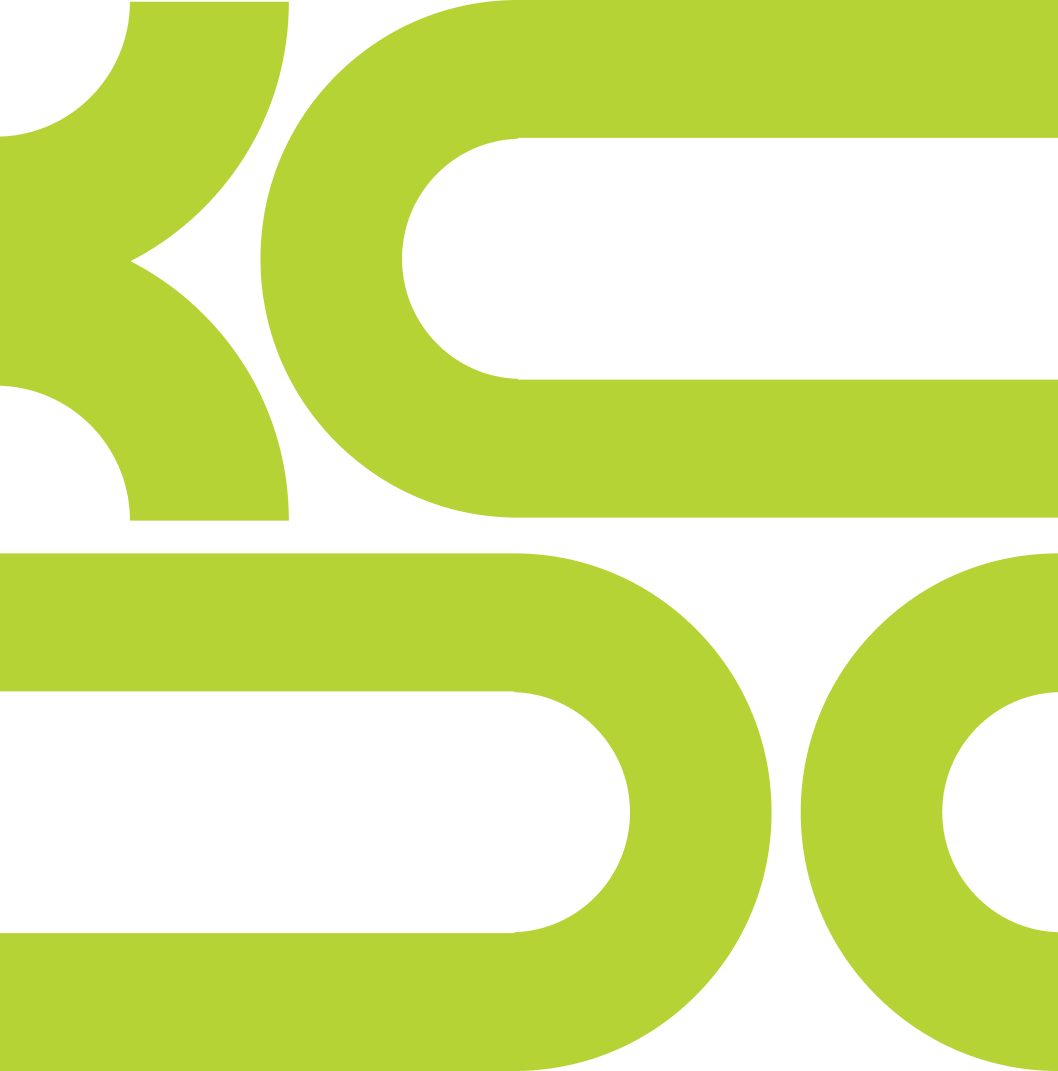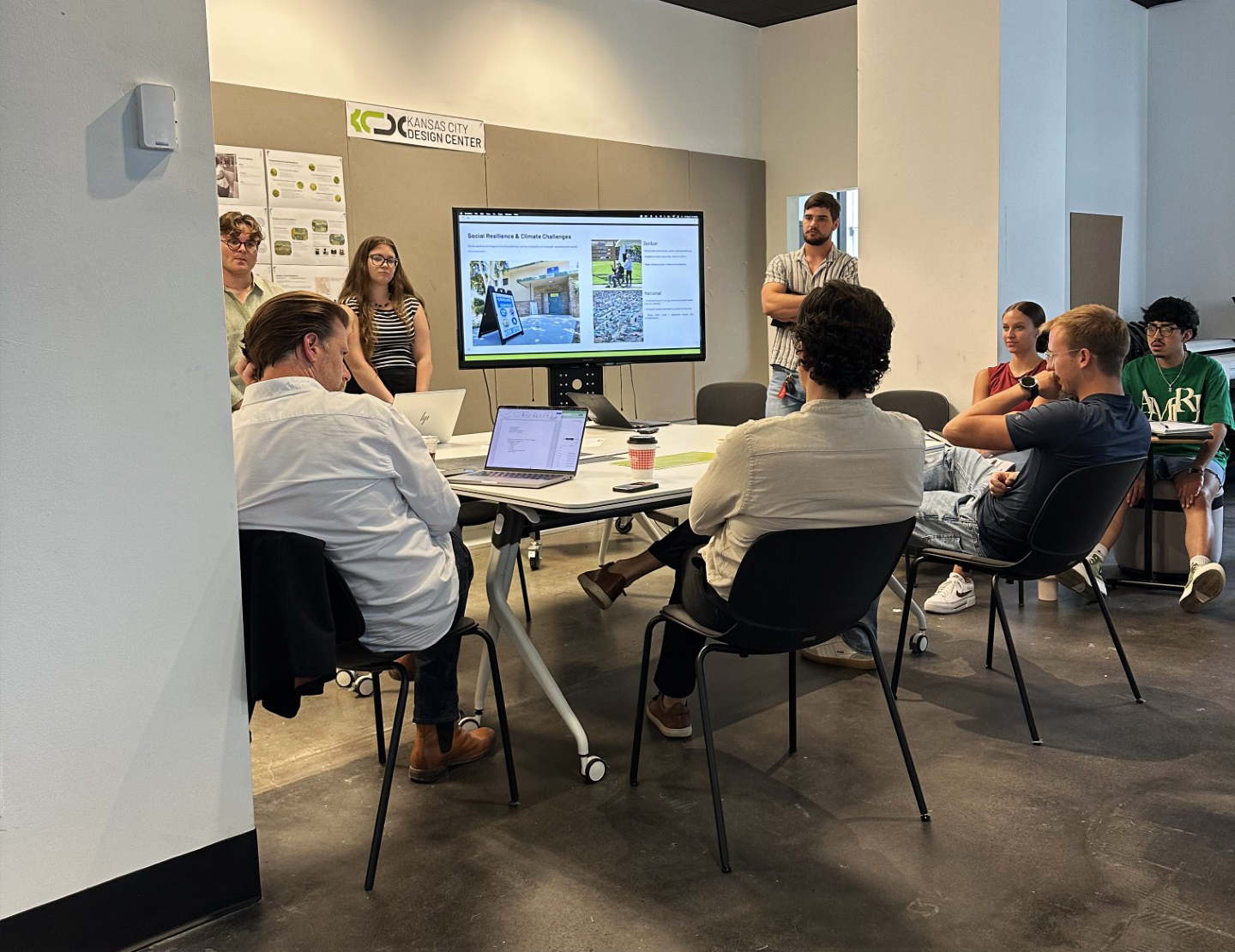This week, architecture students presented their Dunbar site findings and initial massing studies, while industrial design students dedicated their workday to advancing big idea research. In the evening, our seminar featured the first round of project case study presentations.
On Wednesday, the industrial design students pitched their big ideas in small groups, presenting concepts ranging from information kiosks to food systems and modular privacy screens. As they wrap up their research this week, they’ll hit the ground running with ideation next week. In the seminar, we met with Ann Holliday, Vice President of Strategic Initiatives for the Downtown Council. Ann spoke about the future Roy Blunt Luminary Park. She also presented about the issues shaping the future of Downtown, such as the arts, housing, improving the urban environment, supporting new businesses, and attracting talented young people to Kansas City.
To wrap up the week, both disciplines took advantage of Friday as a work day to move forward their designs as well as heard from Dirk McClure from Enterprise Precast Concrete. Dirk visited the studio and gave an educational look into the realm of precast concrete and its manufacturing. He left students feeling inspired for the opportunity of implementing precast concrete within their own designs.













